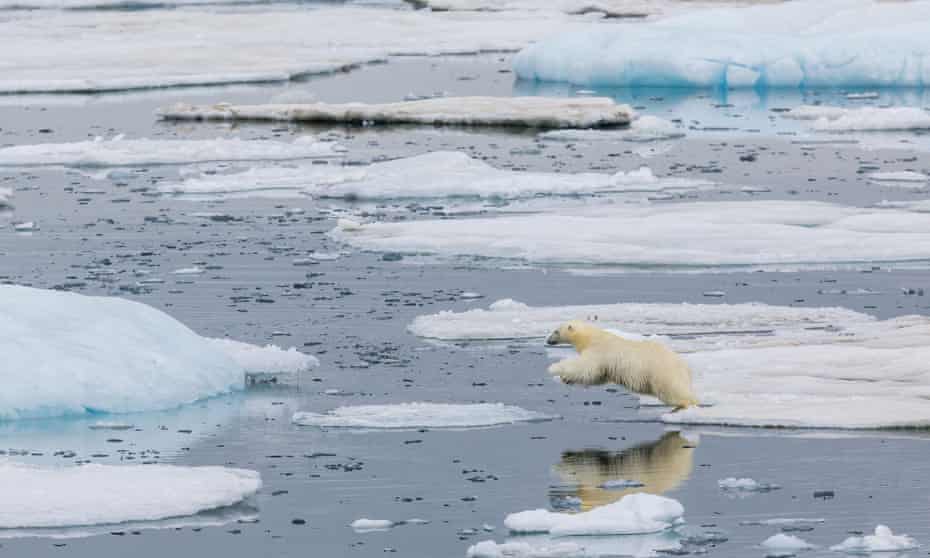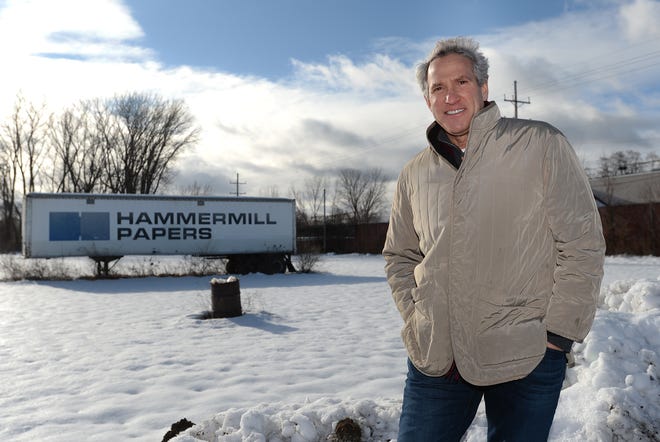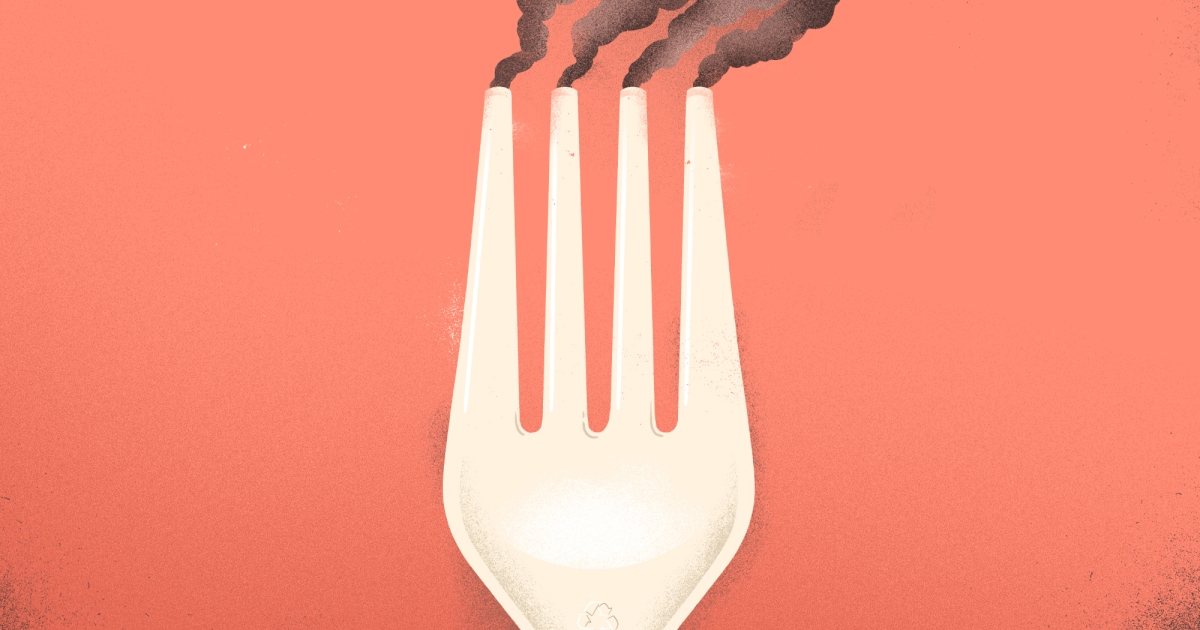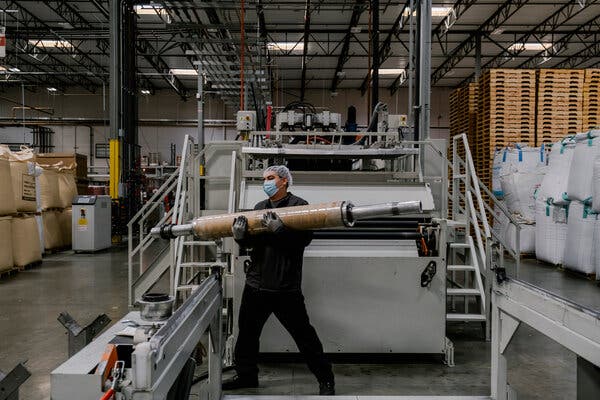Plastics have always been global—even before science began tracking the peregrinations of microplastics across meridians, into rain, through the human placenta. At the industry’s outset, Civil War–era rubber goods were fashioned with latex extracted from the Amazon and later through Belgium’s brutal regime in the Democratic Republic of Congo. England imported gutta-percha from Southeast Asia for undersea telegraphy wires. Celluloid depended on Taiwanese camphor as a solvent and plasticizer. Today, tankers ferry hydrocarbons siphoned from beneath Appalachia’s shale basin to become plastics in Europe. And much of the plastic waste from Europe and the U.S. streams back toward Southeast Asia, Africa, or South America. Yet the dispersal of plastics and their pollutants, if regulated at all, has been addressed through a patchwork of municipal and national policies and a smattering of uncoordinated international instruments.Early this month, however, following 10 days of late-night negotiations in Nairobi, Kenya, the United Nations Environment Assembly (UNEA) passed a resolution mandating the creation of a multilateral treaty to address plastic pollution. One hundred seventy-five nations backed its provisions, which are to be legally binding, rather than voluntary. Once in force, the treaty could be plastics’ symbolic equivalent of the Paris Agreement on climate change, and in its provisions, likely even more far-reaching. The meeting ended in an ebullient wave of joy and tired-teary relief.The resolution impanels an international negotiating committee and issues it a broad mandate: a treaty outlining global ground rules to eliminate plastic pollution. Most significant is the breadth of the resolution’s ambition—the committee must consider plastic as more than a matter of marine litter. Rather, the treaty will take on plastics’ entire life cycle—from production and design through use and reuse to disposal and environmental dispersion—and will address plastics’ myriad contributions to the “triple planetary crisis” of climate change, biodiversity loss, and pollution. This treaty could govern not just micro- and nanoplastic pollution, but also the air pollutants, greenhouse-gas emissions, and toxic chemicals associated with plastics. The scope of the work is breathtaking and the timeframe ambitious: just over two years.What transpires between the resolution and the treaty will determine whether the final provisions are likely to make meaningful change. In the coming months, the United Nations Environment Programme will convene a working-group meeting, to include member states and private-sector and civil-society stakeholders, which will set the formal agenda for the negotiations to come. The final treaty’s success will rest on how inclusive a process the working group and negotiating committee follow, and whose experiences are enfolded into its deliberations. The strongest possible treaty will recognize a range of relationships to plastics and its assorted pollutants—including those of constituents who, across time and geography, have borne the heaviest, life-altering burdens of plastics production, and of people who require plastics to live or to earn a living. Plastics have engendered violence, but also resilience and community mobilization to mitigate those harms.The treaty’s strength will come from how negotiators resolve a few key issues. One is whether the treaty will limit pollution by limiting production—to close the tap, as so evocatively signaled by the sculpture, by the artist Benjamin Von Wong, installed outside the UNEA meetings, a floating spigot with a 40-foot torrent of locally gleaned plastic waste. The rate of world plastics production exceeds 400 million metric tons per annum—more plastics have been produced in the past 20 years than in the five decades following World War II. Short-term plastics, which include packaging, now account for about 40 percent of plastics made each year. Absent global controls, plastic production continues to trend upward; by the end of the decade, it is projected to hit 600 million metric tons a year, and 800 million metric tons by 2040. Plastic makers as well as the oil and gas industries, which supply plastics’ feedstocks, will likely fight production limits—especially as oil and gas companies look to plastics as a key area of growth.A weak treaty would lack enforcement mechanisms and focus on technological solutions to plastic waste. Some of the technologies pushed by the industry, based on high-heat waste management, are yet unproven and emit air pollutants and greenhouse gases. Decades of experience and recent modeling, however, have demonstrated that dealing with plastic-related pollution downstream from its source, even with a massive waste-infrastructure build-out, will not keep pace in the long term without policy and other interventions that limit the influx of yet more virgin plastics and related pollutants into the system. And the world knows how to do better. Both the Montreal Protocol, which addresses ozone-depleting pollutants, and the Minamata Convention on Mercury provide models for setting progressive targets that help nations phase out harmful materials.A second key question: How should the treaty address the toxicity of the more than 10,000 additives and other chemicals used in plastic production? Plastics are complex compositions, more than mere polymers. Their base materials are hydrocarbons, some of which are known carcinogens; finished plastics contain a mixture of chemicals—some additives, some residuals, some unintended—which can over time leach into the environment.Going back to the industry’s beginnings, when plastics were products of farms and forests, a network of toxics that served as solvent systems, processing aids, plasticizers, and more made these materials possible while also imposing health costs on workers. Carbon disulfide, used in hard rubber, viscose rayon, and cellophane, harmed generations of workers yet remains in use, notes Paul Blanc, a professor of medicine at UC San Francisco who has written about this history.Chemical additives in plastics have never been labeled, and most lack adequate health and hazard data. But what scientists know is cause for worry. Common additives used in food containers have been shown to interfere with the endocrine system, which directs human growth, fertility, and metabolism. And some plastics-associated chemicals are so long-lived, mobile, and toxic that they have been regulated under the UN Stockholm Convention, which curbs worldwide production of roughly two dozen persistent pollutants. Wind, weather, and ocean currents concentrate these pollutants in the globe’s upper latitudes, a burden borne by Arctic Indigenous Peoples, whose leadership was instrumental in framing the Stockholm Convention and in calling out how microplastics add to that problem. The interlocking crises of climate change, toxics, and plastic pollution compromise both the way of life and the existence of Sivuqaq’s Yupik people, wrote Delbert Pungowiyi, the president of the Native Village of Savoonga, in the Anchorage Daily News. Just last year, the Stockholm Convention recognized plastic debris as a unique mechanism for transporting pollutants northward.Chemical additives were not included in the final UNEA resolution, says David Azoulay, the director of the Environmental Health Program at the Center for International Environmental Law. But the terms that delegates negotiated ensured that chemicals’ toxic bearing on human health would remain within the treaty’s mandate. The negotiating committee will still, for example, take up supply-chain transparency, sustainable production, product design, circularity, and plastics’ impact on human well-being—all of which additives have a bearing on.A third criterion for the treaty’s success will be how responsive proposed plastics controls are to localized needs. In some communities, plastic has become so unavoidable that scaling back its presence would create new complications. In the Philippines, plastics have squeezed out traditional packaging, such as natural fibers, glass, and paper, and vital commodities are available or affordable only in small plastic packets. In some West African cities, sealed 500 ml plastic sachets are an important source of water. In subsistence economies—for example, in India—plastic carrier bags and other containers are used and reused to purchase essential goods, including rice and even liquids such as oil or kerosene, in low-cost portions.The disability community likewise has crucial insights into what’s possible for plastics, and “can be advocates for the success of solutions that bring everyone along,” as the Reverend Theresa Soto, a disability-community advocate, has noted. Disability can mean that those who most rely on certain plastic technologies are also among the most vulnerable to plastics’ toxic implications, observes the science and technology scholar Jody Roberts. He has written with eloquence about the toxics-plastics nexus that is the flexible plastic feeding tube.These three measures address, in different ways, basic questions of how, what, and who. But the treaty’s success can also be judged on whether it fully acknowledges the long arc of plastics’ exploitative history.Over the centuries, plastics’ burdens have fallen inequitably over the world, compounding preexisting inequities. Sourcing feedstocks for 19th-century plastics led to ecological ruin and deforestation, violent plantation economies, and colonial appropriation of indigenous lands. Across the 20th century, processing plants were overconcentrated in vulnerable communities. Fenceline communities and UN human-rights experts have flagged the environmental racism of siting yet another plastics factory in already overburdened petrochemical corridors, such as the Lower Mississippi Valley. Likewise, the Aamjiwnaang First Nation, who live surrounded by Canada’s plastics and petrochemical production, have resisted plastics’ unrelenting emissions and industrial expansion for decades.At the other end of plastics’ life cycle, discards have been dumped onto communities of color in the U.S. or the global South, often on the pretext that recycling it could generate income. But recyclability proved a pipe dream, absent adequate infrastructure and technical and financial support to process a crush of mostly single-use plastics not designed for recovery. Indeed, the very idea of disposability, even recycling, says the multidisciplinary plastics scholar Max Liboiron, is premised on unfettered access to land, often Indigenous land, such as for landfills.The resolution does recognize communities who have been integral to (and yet harmed by) this system—for example, by calling out the vital work performed by 20 million waste pickers, sorters, and recyclers, many of whom belong to marginalized groups, who reclaim much of the world’s plastic discards and have become experts as a result. In apprenticing with plastic-waste pickers and sorters in India, one of us, Dey, observed the highly specialized and efficient systems that waste handlers evolved to identify and classify plastics. Recyclers could bite and differentiate among various finer grades of low-density polyethylene. Sorters could crumple films and tell—by their sound—their polymer lattices. Their systems were far more specific than the resin-identification labels stamped onto plastics by manufacturers.Accordingly, the mandate directs negotiators to consider comprehensive knowledge systems, including best-available science, traditional knowledge, and the expertise of waste workers and indigenous peoples, which in turn presents opportunities for affording rights and developing best practices to deal with complex plastic waste. Even more, recognizing—at a global scale—the hands and bodies that recover plastics through the day and into the night presents an opportunity to advocate for better working conditions, job security, wages, and dignity.There are pitfalls to international negotiation—the need for consensus, compromises driven by member states and trade associations—and the response of producer nations, especially the U.S., the largest contributor to plastic waste, could ultimately shape the treaty’s success. The U.S. has signed other major agreements, including the Stockholm Convention, and then stopped short of ratifying them; this one, too, will require Congress to pass the necessary implementing legislation.Less than three years from now, we will find out whether the international community is up to the task the UNEA has set out. The influx of plastics and associated pollutants into the planetary system, say the scientists Linn Persson, Bethanie Almroth, and their colleagues, now diminishes the planet’s capacity to support life. And onward flow plastics through time, territories, and tissues. But if the treaty responds boldly to its mandate—if its negotiators heed history and hear the wisdom of those most intimately affected—it could offer a new vision for plastics’ place in society and the economy, and by extension, it could well alter the future of humanity and the planet.






